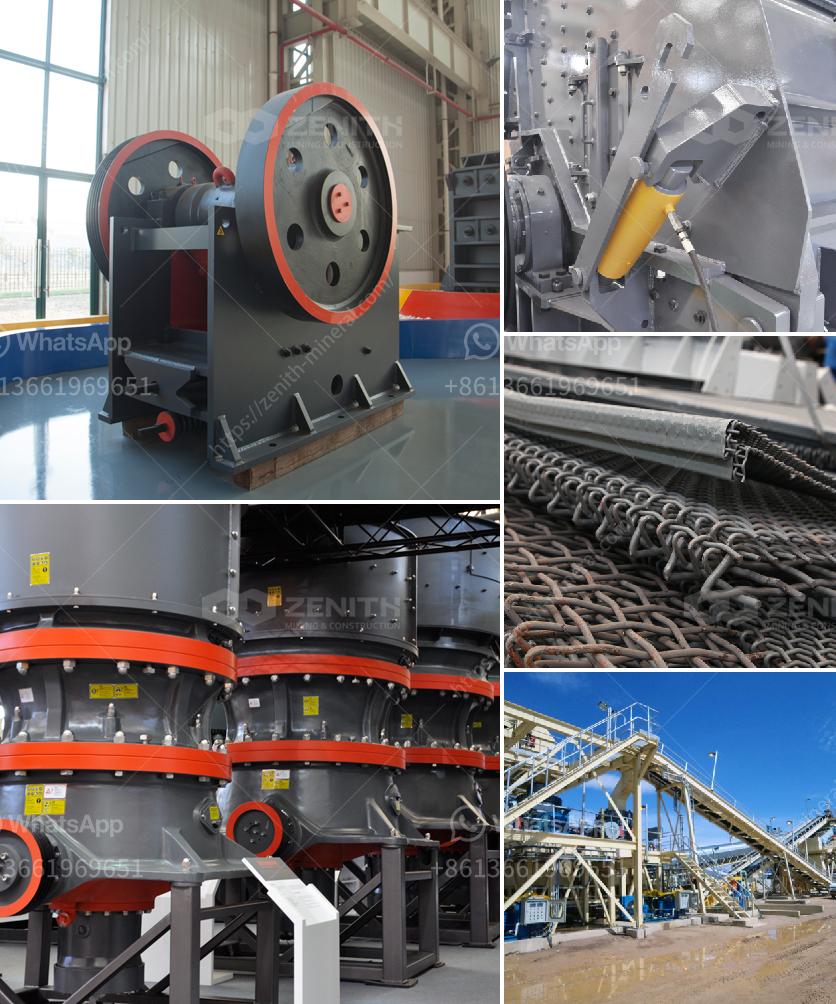In the copper ore mining process, a mill plays a critical role in transforming raw ore into fine particles, which makes it easier to extract the metal. Here's a step-by-step overview of how a mill is used:
-
Crushing:
- The extracted copper ore is first crushed to reduce its size. This is usually done using jaw crushers and gyratory crushers. The crushed ore is then sent to the mill.
-
Grinding:
- Inside the mill, the crushed ore is ground into a fine powder. This is achieved using various types of mills, such as ball mills, rod mills, and SAG (Semi-Autogenous Grinding) mills. The goal is to achieve a particle size that liberates the copper minerals from the surrounding gangue material.
-
Classification:
- The ground material is often classified using cyclones or hydrocyclones to separate fine particles from coarse ones. The fine particles (slurry) move forward in the process, while the coarse particles might be returned to the mill for further grinding.
-
Flotation:
- After classification, the fine copper-rich particles undergo froth flotation. In this process, chemicals are added to the slurry, causing the copper minerals to attach to air bubbles and rise to the surface, forming a froth. This froth is skimmed off, resulting in a concentrate of copper minerals.
-
Thickening and Filtration:
- The copper concentrate is then thickened and filtered to remove excess water, resulting in a dry concentrate that can be further processed or smelted.
-
Smelting and Refining:
- The final steps, outside the mill, involve smelting and refining the concentrate to produce pure copper metal.
The mill is vital as it ensures the copper minerals are sufficiently liberated and prepared for the subsequent steps of mineral processing, making the extraction of copper more efficient and economical.

